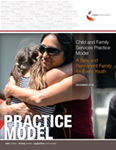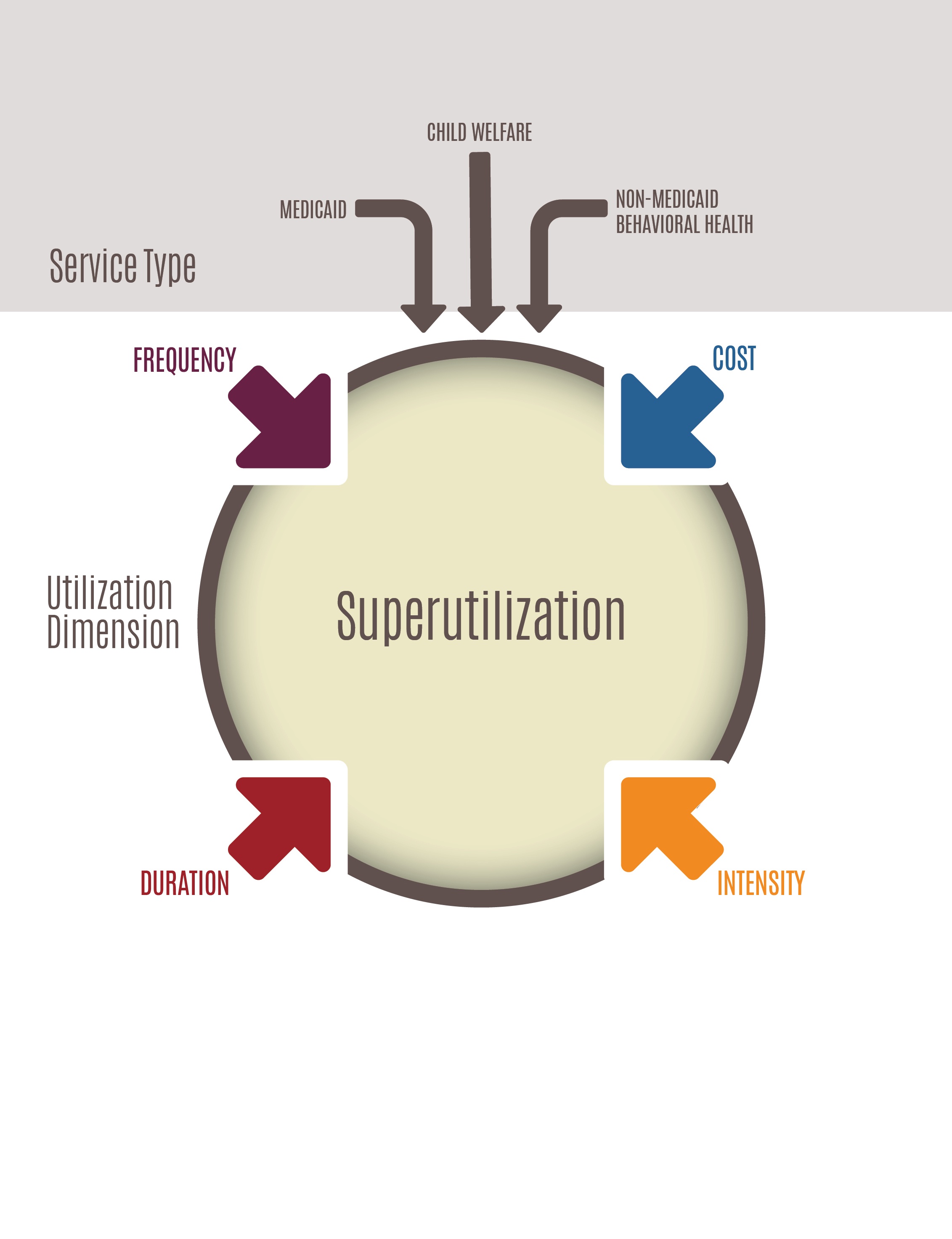What is Connecticut’s trauma-informed approach?
Learn how Connecticut integrated trauma-informed practices throughout its child welfare system with an innovative approach.
Learn how Connecticut integrated trauma-informed practices throughout its child welfare system with an innovative approach.

The National Center for Injury Prevention and Control at the CDC has joined the Thriving Families, Safer Children effort.
Learn how two specialized programs are collaborating to support young children with complex developmental and behavioral health needs.
This learning exchange explores the “seven levers” that are key to ending the need for group placements in child welfare.
Understand how the Family First Prevention Services Act supports Indiana’s commitment to deliver evidence-based services to families.
Explore how My Community Cares supports and strengthens families in Louisiana through community-based programs and services.
This tool provides resources from across Indian Country to leverage strengths within tribal communities to protect Native youth from suicide.

This practice model outlines strategies and interventions that advance Casey Family Programs’ focus on permanency for youth.
Youth in foster care have high rates of trauma exposure. A trauma-informed child protection system can mitigate trauma’s adverse effects.

A study of high service users among youth in foster care in Tennessee and Florida using linked Medicaid and child welfare data.